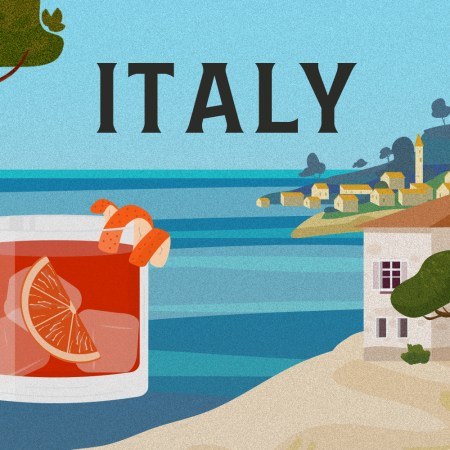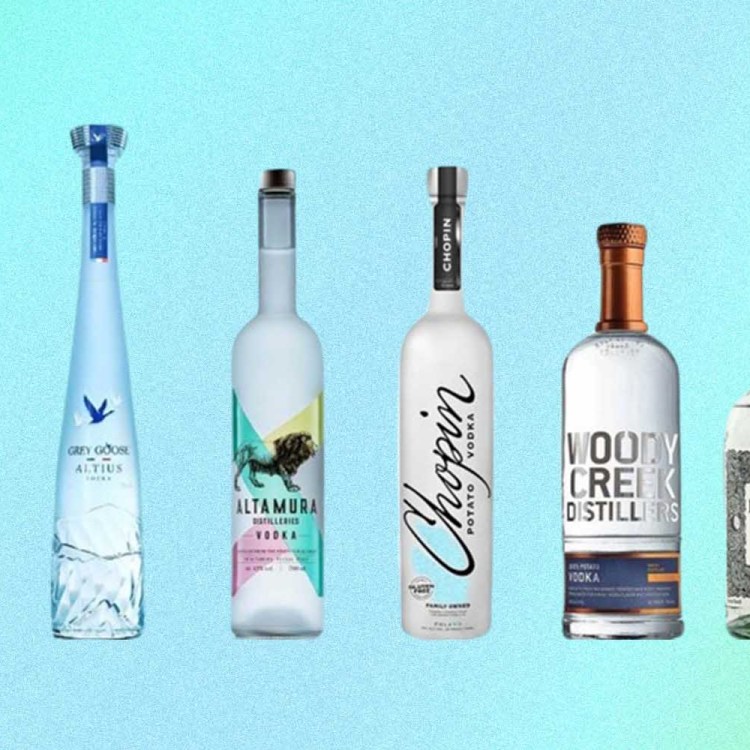When Chris Lohring, owner of Notch Brewery in Salem, Massachusetts, installed Lukr taps to pour its line of Czech beers in the authentic Czech way, he knew he’d be bucking the American predilection for foam-free beer, commonly achieved by tipping the pint glass 45 degrees during the pour. In authentic Czech beer, foam is a critical and beloved component, whereas American drinkers tend to see it as wasted space — and even a hornswoggle.
This was July 2016, and at the time, these “side-pull” taps were nearly impossible to get in the United States, but Lohring found a route through a Prague-based beer writer to obtain them, albeit with tightly crossed fingers that the money he’d wired would be requited. It was, and after the four-faucet tower arrived and was installed, it began pouring beer — Czech beer, specifically — in a whole new way for Americans.
Seven years later, with Czech lagers trending, these “side-pull” faucets are popping up at more and more breweries and taprooms around the country, be it at Marshall Brewing Co in Tulsa, Barriehaus Brewing in Tampa, or Human Robot Brewery in Philadelphia. While this trend for foam-friendly beer may not change American preferences wholesale, or quickly, it’s at least starting the conversation. It’s not just about the question of whether foam is good or bad, but how Americans think of beer and the value of its component parts. Here’s how.
Foam 101
“Foam is flavor,” declares Pilsner Urquell, the Czech Republic’s most famous brewery and inventor of the pilsner style. That’s echoed by many on the continent for good reasons, because foam does indeed impact the taste of your beer on multiple levels, including texture, aroma, flavor, freshness and carbonation.
Texture and aroma, in particular, play critical roles to anything we consume, and a high-quality foam provides both in beer. Firstly, the froth adds complexity to the mouthfeel while softening the palette. Perhaps more significantly, foam carries olfactory blooms from the entire brewing process that combine with your taste buds to enhance and enrich the flavor.
Foam impacts carbonation in two ways. Firstly, a good head helps retain the carbonation in the beer by making it more difficult to escape. At the same time, the foam — created by foam-loving proteins attaching themselves to the bubbles —pulls some of the carbonation out of the beer itself, smoothing the drink overall and reducing the amount channeled into your stomach, where it bloats and burps.
Czech Beer Is Having a Moment, And Brewers Are Thrilled
After decades of dismissal by craft brewers, Czech lagers are making a comebackCzech Foam Styles
“A fine beer may be judged with only one sip, but it’s better to be thoroughly sure,” says an old Czech proverb. In the Czech Republic, that sip will undoubtedly be a foamy one, but so may those that follow, depending on which of the five available pours is ordered.
- Čochtan – This is beer poured American-style, with little-to-no head. This is the least popular in the Czech Republic.
- Hladinka – The classic Czech style, this beer has a crown of foam three fingers wide.
- Nadvakrát – This aims for the same amount of foam as Hladinka but employs a two-step pour, with a 30-second break in between to reduce carbonation and raise smoothness.
- Šnyt – This old-school pour is three parts body, two parts head, and one part space. This way folks back in the day could order another beer without the indignity of saying “small.”
- Mlíko – The appearance reflects the name: “milk.” This pour is almost entirely foam and is meant to be chugged all at once, often as the final draught of the night.
The “holy trinity” — Hladinka, Šnyt, Mlíko — are the ones showing up at American breweries and taprooms with Lukr faucets. That’s because side-pulls operate differently than standard American taps, which merely switch on and off. Side-pulls, on the other hand, open a valve in increments, allowing precise control of pressure and flow. When coupled with the foam microscreen inside, they can pour a thick, even, silky foam.
In fact, the foam comes first with a Lukr faucet. The long nozzle slips into the mug itself, producing the foam layer at the bottom. After that, the valve is opened fully to let in the liquid, which raises the foam head to the top as the glass fills and the faucet lifts out of it.
America vs. Foam
In many ways, American antipathy toward foam comes down to process versus product. For many Americans, the entire purpose of drinking beer is to get a buzz — not that there’s anything wrong with that. Foam, in this case, merely takes up precious space where intoxicating beer could be. Eric Larkin of Cohesion Brewery in Denver sees this often. “American consumers are anti-foam,” he explains. “They’re like, ‘Get this dry, bitter stuff out of here.’ They don’t want it.”
In Europe, however, the focus tends to be more on the way something is done, from cultivation to production to pour to drinking. While drunkenness certainly occurs, it’s generally not one of the primary goals. That’s reflected in the fact that while the Czech Republic consumes the most beer per capita in the world, it ranks relatively low in alcoholism, at least compared to the United States, which comes in seventh overall in at least one survey.
Another reason for the anti-foam view may be the marketing. Whereas in America, you pay for “a beer,” Europeans, Czechs included, pay for a measure — usually indicated by a line on the glass where the foam settles to. “That’s not a thing in the US,” says Bart Watson of the Brewers Association. “People do expect it to be all the way to the top even if brewers hold their noses and shake their heads.” Richard Preiss of Escarpment Labs, a yeast producer for breweries, agrees. “If you look at Europe, at the glassware that’s served, it always has the measurement on it,” he says. “And it’s not the full way up the glass, it’s wherever your pint actually is…whereas you don’t see that as much here.”
Preiss also believes the Brits are at least partially to blame for anti-foam preferences in the United States. “If you look at the American craft brewing, a lot of it came out of British brewing culture,” notes Preiss. “Craft beer was largely built around British brewing techniques.” Breweries in North America, therefore, tend to follow those methods, and that plays down foam.
Changing hearts, minds — and tongues
American beer drinkers will probably never start embracing foam with the passion of Czechs. That said, few people 30 years ago could have foreseen the rich tapestry of craft beer that now crisscrosses the nation, from just 284 breweries in 1990 to nearly 10,000 in 2022, counting all types.
Perhaps like the craft beer revolution, appreciating foam may also simply be a case of not knowing what you’re missing until you try it. As more breweries introduce drinkers to high-quality foam via Czech beers, the more may catch on.
That’s, in part, what Larkin is seeing at Cohesion Brewing. “There’s rarely, if ever, someone who has tasted the foam in that instance have been like, ‘Oh, that’s terrible,’” Larkin relates. “But 99% of people say, “Oh, that’s good. I liked that.” Lohring concurs: “We see it every day, where the skeptical, if willing, try the Lukr pour and come back to the bar and thank us.”
Join America's Fastest Growing Spirits Newsletter THE SPILL. Unlock all the reviews, recipes and revelry — and get 15% off award-winning La Tierra de Acre Mezcal.

























